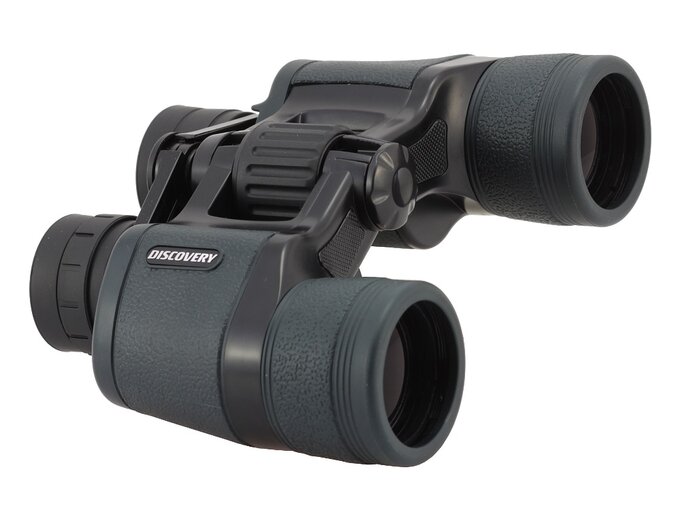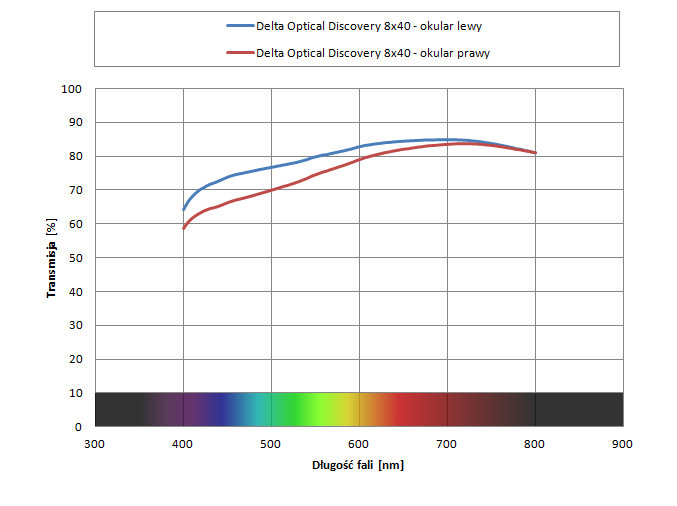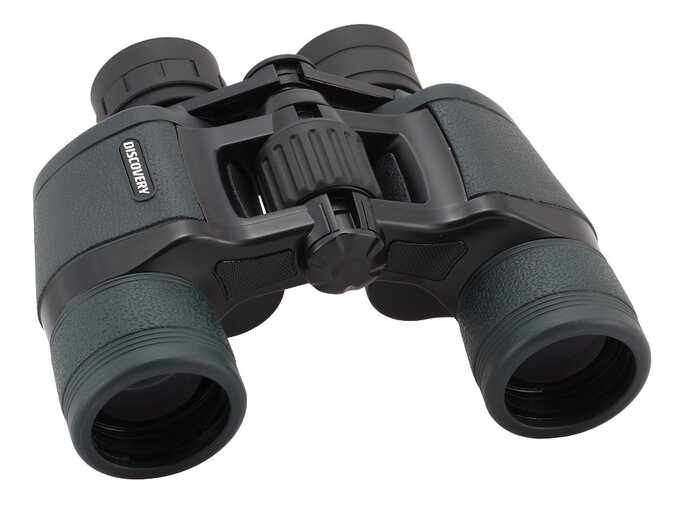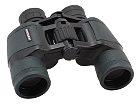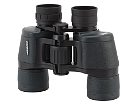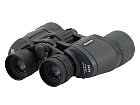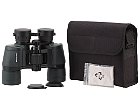| Real front lens diameter |
Left: 40.1+/-
0.05 mm
Right: 40.1+/-
0.05 mm
|
8 / 8.0 pkt |
| Real magnification |
7.94+/-
0.05x
|
3/3.0 |
| Transmission |
75.7+/-
1%
|
8/25.0 |
| Chromatic aberration |
Medium in the middle, high on the edge. |
3.3/10.0 |
| Astigmatism |
Sensible result. Stars are a bit sparking but it's not a huge problem. |
5.5/10.0 |
| Distortion |
The distance between the first curved line and the field centre compared to the field of vision radius: 40% ± 3% |
4/10.0 |
| Coma |
Appears in a distance of 50% of the field of view radius and is big on the edge. |
2.8/10.0 |
| Blurring at the edge of the FOV |
The blur occurs in a distance of 67% ± 3% from the field of view centre. |
2/10.0 |
| Darkening at the edge the FOV |
Significant. |
2/5.0 |
| Whiteness of the image |
A slanted transmission graph with the highest values for red light so images come with slight orange-red colouring. |
3.3/5.0 |
| Collimation |
Perfect. |
5/5.0 |
| Internal reflections |
| Left: |
Right:
|
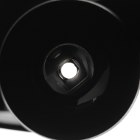 |
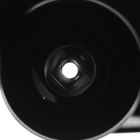 |
Without any disnticnt arcs or false pupils. Area around the exit pupils is overall brighter than the rest. |
2.9/5.0 |
| Housing |
A classic Porro padded with very decent rubber armour that doesn't have any unpleasant smell. Rubber is pleasing to the touch and slightly rough to make your grip even firmer.All looks very stylish but rubber next to objectives sticks out a bit and if you squeeze objectives a bit you hear squelching and cracking. Rubberized folded-down eyecups. Produced in China. |
6/8.0 |
| Focusing |
A big central wheel with a very good access – it moves evenly with an appropriate resistance. Its focus throw amounts to 550 degrees. The eyepieces move sideways and their work is slightly uneven. If you put a lot of pressure on the bridge the instrument might defocus slightly. Individual focusing moves the whole right eyepiece. |
1.7/5.0 |
| Tripod |
There is a comfortable access to a tripod socket. |
3/3.0 |
| Interpupilary distance |
from 56.4 to 73mm
|
4/6.0 |
| Closest focusing distance |
3.3 meters. |
1/2.0 |
| Eyepieces FOV |
Apparent field of view of 64.4 degrees (according to the simplified formula) and 58.7 degrees (according to the tangent formula). |
13/20.0 |
| Field of view |
Measured by us amounted to 8.11 ± 0.04 degrees and it was a tad narrower than stated in official specifications. A very wide field for this class of equipment. |
7/8.0 |
| Quality of the interior of the barrels |
Dark and mat tubes near objectives but without any ribs. If you look deeper they become shiny – it's obvious you see metal not covered by anything. Bottoms are grey and not covered by anything either. A lot of dark-grey glue near the prisms and a few specks of dust. |
2.7/5.0 |
| Vignetting |
| Left: |
Right:
|
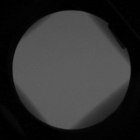 |
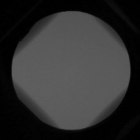 |
OL: 2.20%, OR: 2.02% |
5/8.0 |
| Prisms quality |
Made of Bk7 glass but the quality is very poor. You can spot distinct 'diamonds'. OL: 15.3%, OR: 16.7% |
0/8.0 |
| Antireflection coatings |
Greenish on the objectives but only from the exterior.Inside there are no coatings. Green-blue on eyepieces but one air-to-glass surface is left uncovered. Prisms without any coatings. |
2.5/5.0 |
| Warranty [years] |
2 |
2/6.0 |
| Final result |
51.4%
|
97.7 / 190 pkt
|
| Econo result |
|
0pkt. |
Summary
Pros:
- nice casing of sensible quality – especially at such a price point,
- wide angle of view of eyepieces,
- sensible correction of astigmatism,
- affordable price.
Cons:
- distinct coma,
- significant chromatic aberration on the edge of the field,
- weak image quality on the edge of the field,
- small prisms made of Bk7 with noticeable brightness loss,
- distinct light fall-off on the edge of the field of view,
- very unstable eyepiece bridge.
If you only begin your adventure with observation equipment you might think that a paltry sum of money is more than enough for a pair of binoculars. People often comb different auction sites where there are many bargains starting with just several dozen PLN.
After looking at all these trashy binoculars (I don't hesitate to call them so) products of a more renowned manufacturer, offered for 200-300 PLN, seem really solid instruments, with good optical and mechanical quality.
Of course if you are a sensible person you might remember that 200-300 PLN is usually not enough to buy you a pair of good quality spectacles with frames. It would be foolish to expect that you can buy a good quality pair of binoculars for equal amount of money – after all even a simple optical system features7-8 elements in each tube and all of this is joined with a bridge and a focusing mechanism. It has to cost more.
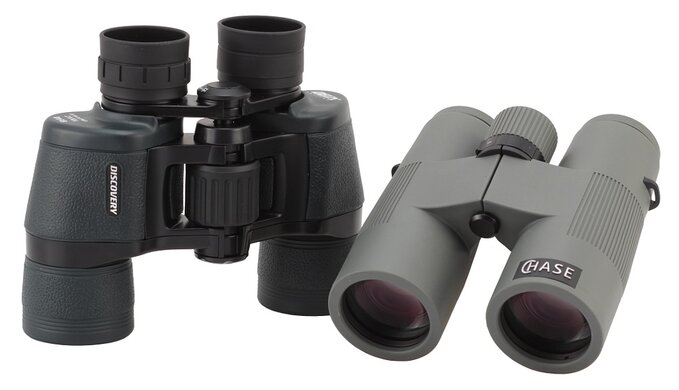
Delta Optical Discovery 8x40 and Delta Optical Chase ED 8x42. |
However, if there is such a market need, there will be always producers that will try to fullfil it, even if it means cutting costs as much as possible. Typically, in cheap binoculars you get an ordinary achromatic objective lens, Porro prisms made of inferior Bk7 glass, and 3-element Kellner or RKE eyepieces. Anti-reflection coatins are very simple and not all air-to-glass surfaces are covered by them.
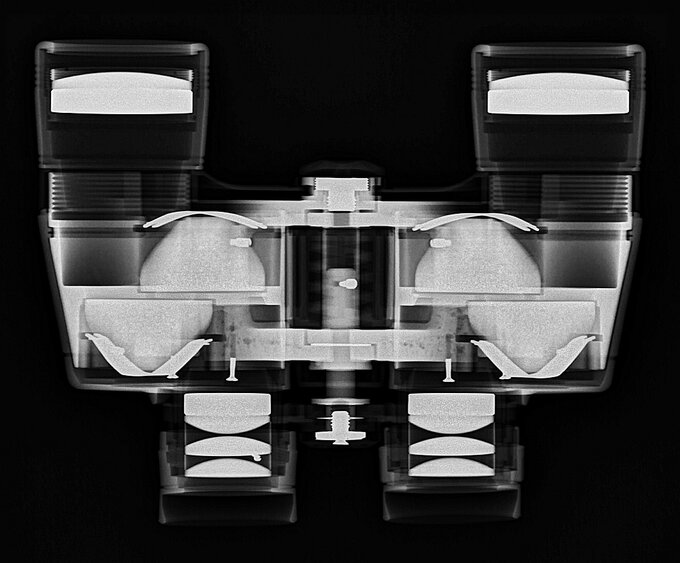
X-ray photo of Delta Optical Discovery 8x40 binoculars. Phot. Obserwatorek |
The Delta Optical Discovery 8x40 is exaclty such a product even though the x-ray photo, presented above, shows that its eyepiece is not a simple Keller as it features more elements. I suppose, a wide field of view forced the producers to employ a more complex optical system.
The list of cons, however, doesn't leave any doubts and is quite self-explanatory. You might add that the transmission values of both tubes are not the same and small wonder – in case of such a piece of equipment quality control is very limited and a difference of 5% in transmission between two tubes might be considered something perfectly acceptable.
What are the assets? The Delta Discovery 8x40 is an instrument made by a renowned producer, not just stuff sold by a flight-by-night, active mainly on different internet auction sites. A renowned producer means good technical support and an enforceable guarantee; also real parameters of the binoculars are in accordance with these officially stated. The Delta does feature an 8x magnificantion, the diameter of its objective lenses amounts to 40 mm, its field of view is over 8 degrees, and the eye relief distance reaches comfortable 18 mm. What's more, the product is physically a bit lighter than its official weight, always a positive thing– our scale showed 704 grams.
If you are really determined to buy a new product for less than 300 PLN, the Discovery series is certainly worth your attention as it might satisfy a not especially demanding beginner. Still, you should be aware of the fact that if you want to own a set of binoculars that will last several years of wear and tear, with a bit better mechanical and optical qualities, your spending budget has to be increased.
